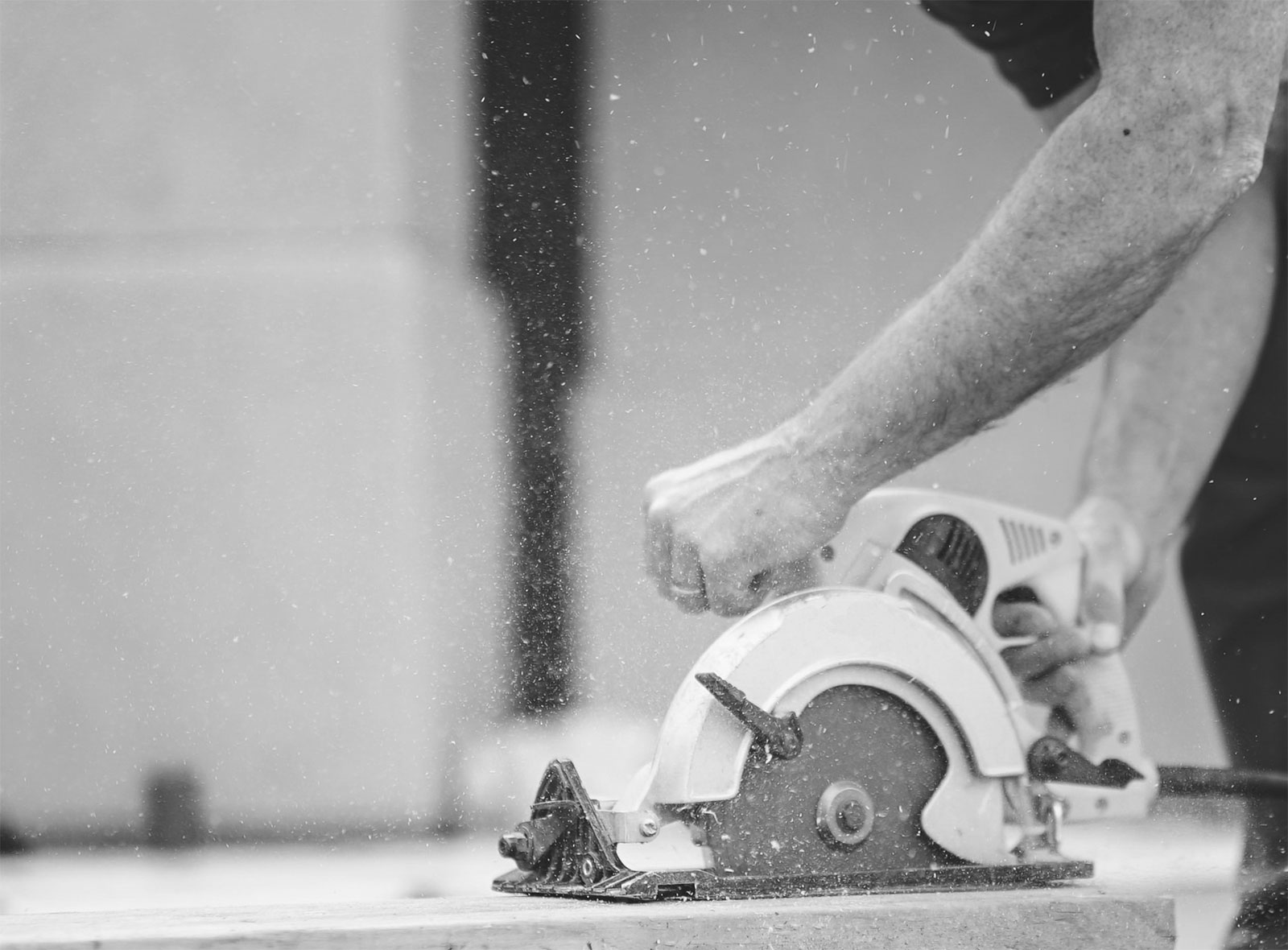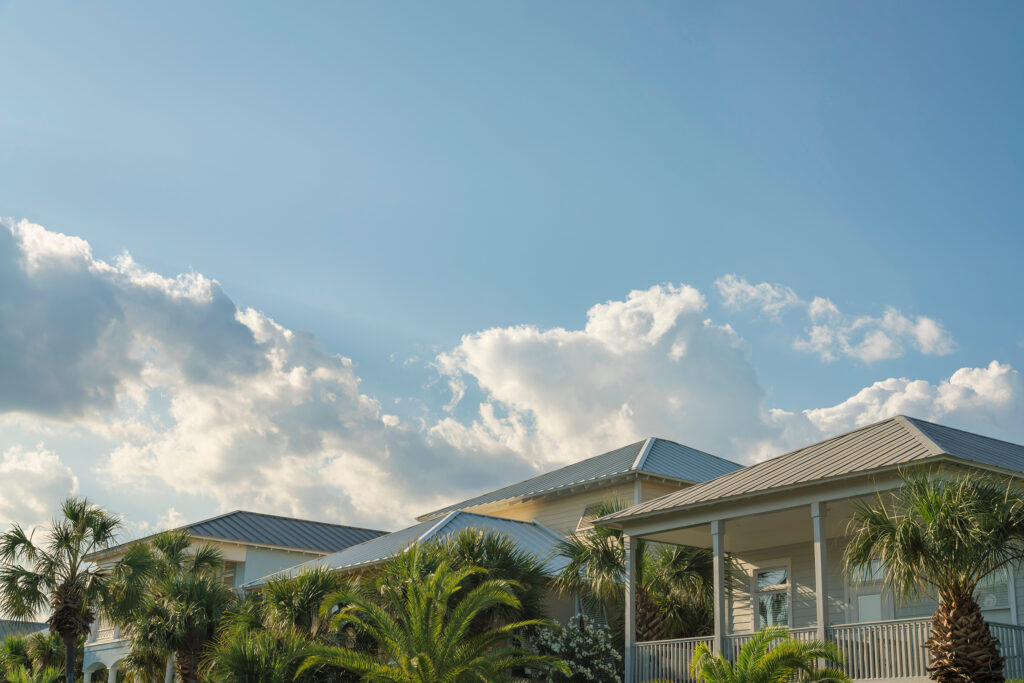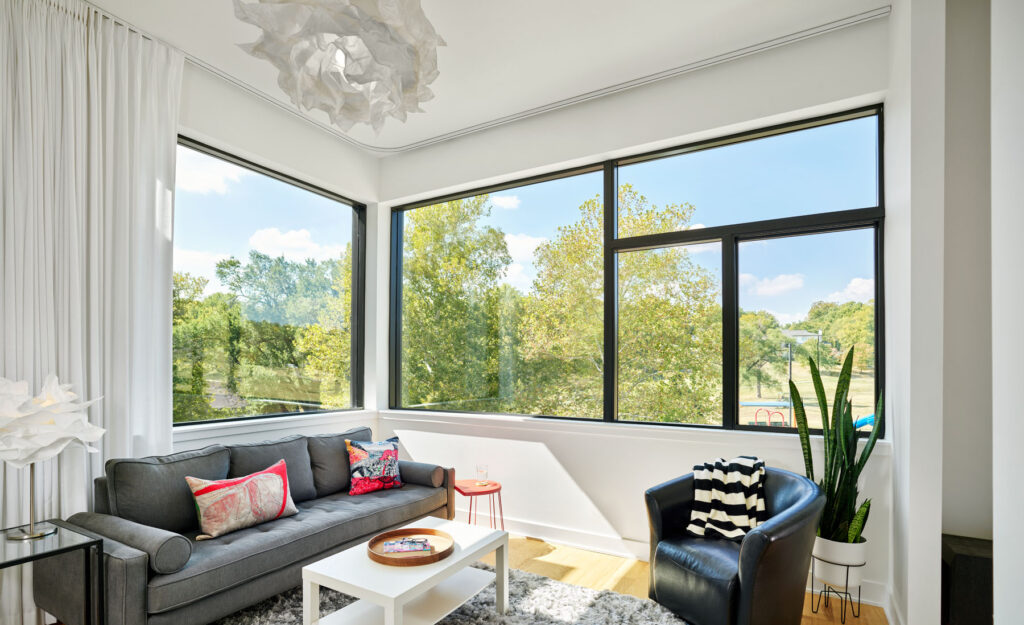Developers, city planners, and architects are more and more devising novel prototypes to address progressively more complex and interrelated issues. The built environment accounts for nearly a third of global energy use and annual energy-related carbon dioxide emissions, and high-density urban environments face specific challenges that encapsulate climate change, urbanization, and wealth disparity. From the emergence of programs and initiatives like the Cleveland Model to Housing First priorities, it is becoming increasingly apparent that new models are being pursued that go beyond profit to ensure sustainable and equitable success. DRAW, working with Kansas City’s Urban Neighborhood Initiative, intends to address all these issues by combining panelized construction, workforce development, and net-zero affordable housing to build community wealth.
Panelized construction is a growing movement within the construction industry, wherein the building enclosure is comprised of pre-manufactured panels, constructed in climate-controlled off-site facilities. This more controlled environment ensures a higher quality product and provides a safer work environment for the builders. But furthermore, there is evidence of 25% reduction in waste when comparing panelized construction to stick frame construction, helping to drastically increase the endeavor’s sustainability efforts. Additionally, the panelization process helps reduce the labor hours. In the study conducted by the Structural Building Components Association, it was found that panelized framed houses required 152.1 working hours to complete, whereas the stick-framed house required 373.5 hours; it took 250% (two and half-times) longer to construct the stick-framed home. Additionally, because the panels are produced indoors, there no weather days, and thus the construction time is further reduced.
Panelized construction also paves the way for workforce development. From data published by Associated General Contractors of America, 45% of construction firms say the local pipeline for preparing well-trained and skilled worker is poor. A panelized facility would provide opportunities to better train local workforce in construction trades, and increased training and certifications create strong earning potential. In addition, by locating the facility near existing public transportation infrastructure, more opportunities exist to provide jobs to workers that might not own a vehicle, promoting equal opportunity.
By combining panelized construction with other sustainable features – such as energy efficient fixtures and appliances – the goal envisions a low maintenance, low operating cost, solar ready, water saving panelized home made from a kit of parts. The efficiency of the house’ envelope results in affordable housing in a mixed income neighborhood that would seek to accommodate approximately 40-50% AMI (Area Median Income). This would become a prototype model that would be replicable at multiple sites and neighborhoods. The model’s scalability could eventually realize an owner-occupied duplex model, wherein owners would be able to rent out one half of the structure for extra income to offset the monthly mortgage, working to guard against displacement. Some educational pieces could also be incorporated to include landlord training and mortgage education.
The incorporation of all these elements results in a reduced cost of construction and increased savings that are passed on to the future buyer, all of which allow them access to highly energy-efficient homes that they might not have had financial access to previously. In neighborhoods that have struggled to attract new development, this prototype seeks to realize both new affordable housing and increase opportunities for workforce development locally, progressing DRAW’s mission of Positive Impact Design.




